Working Time
- Mon-Thu 08:00 – 20:00
Friday 07:00 – 22:00
Saturday 08:00 – 18:00
Contact Info
-
Phone: 1300-22-0202
Ask the Experts
CO2 Laser Treatments:
Moles & Skin Lesion Removal
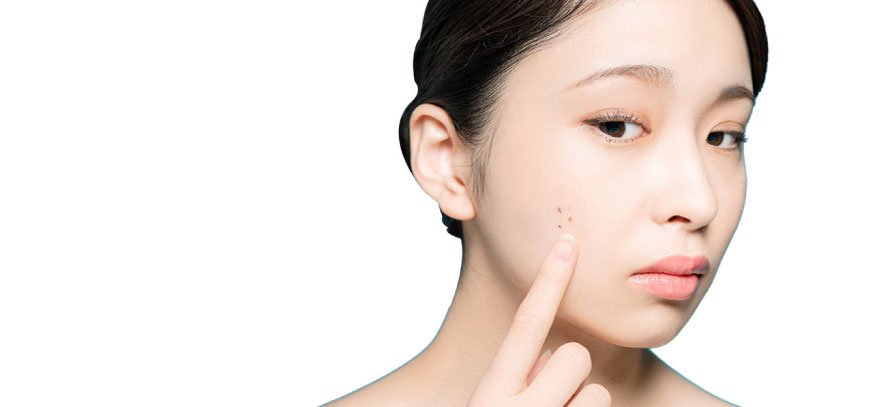
CO2 laser for skin lesion
CO2 laser, also known as carbon dioxide laser, is a type of medical laser that uses carbon dioxide gas as its medium for producing a focused beam of light. It is widely used in both cosmetic and medical procedures due to its precision and effectiveness in treating various skin conditions.
In the medical field, CO2 lasers have been used for decades for various surgical applications, including cutting, cauterizing, and vaporizing tissues. They are commonly used in procedures such as:
Skin Resurfacing: CO2 laser skin resurfacing is a popular cosmetic procedure to address skin issues like wrinkles, fine lines, scars, and age spots. The laser removes the outer layers of the skin, stimulating collagen production and revealing smoother, rejuvenated skin.
Removal of Skin Lesions: CO2 lasers are utilized to remove benign skin growths, such as warts, skin tags, and certain moles, as well as some pre-cancerous or early-stage skin cancers.

Moles
Moles are concentrations of pigment-producing cells (melanocytes) in your skin appearing as black or brown growths on the skin. People with light skin tend to have more moles. Moles are very common, usually emerge in childhood and adolescence, and may change in size and color as you grow.

Seborrheic keratosis
Seborrheic keratosis is one of the most common noncancerous skin growths in older adults. It usually appears as a slightly elevated growth with brown, black or light tan colour on the face, chest, shoulders or back.
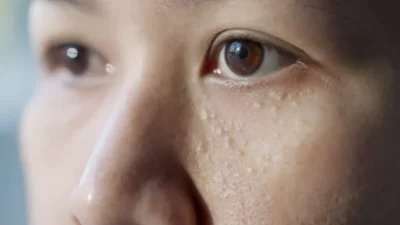
Syringomas
Syringomas are benign, skin-colored elevations of the skin typically found around the eyes, including on the eyelids and upper cheeks. Syringomas are caused by the overgrowth of cells from sweat glands (eccrine glands).
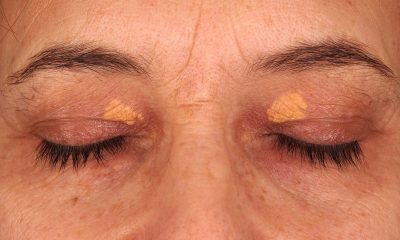
Xanthelasma
Xanthelasma appears as yellowish plaques, which are commonly found on or around the eyelids. They are actually accumulation of cholesterol deposits underneath the skin.
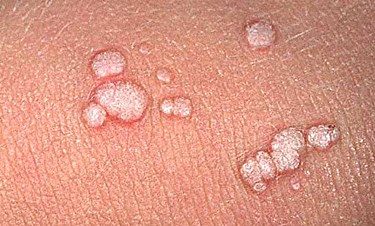
Common wart
Common warts are small, rough, and hard growths that occur most often on your fingers or hands. Common warts are actually an infection in the top layer of skin, caused by Human Papilloma Virus(HPV) and are transmitted by touch.
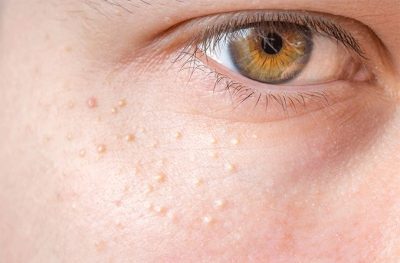
Milia
Milia (oil seed) are tiny white bumps that are found under the skin. Milia most often appear on the face, commonly around the eyelids and cheeks.They form when skin flakes or keratin, a protein, become trapped under the skin.
Frequently Asked Questions
What doctor should I see for xanthelasma, wart, moles, syringoma and seborrheic keratosis?
For the various skin concerns such as xanthelasma, warts, moles, syringoma, and seborrheic keratosis—it’s advisable to see a dermatologist. Dermatologists are medical doctors who specialize in the diagnosis and treatment of conditions affecting the skin, hair, and nails.
A dermatologist can assess each condition, provide an accurate diagnosis, and recommend appropriate treatment options. Treatment may include topical medications, cryotherapy (freezing), laser therapy, surgical removal, or other interventions depending on the specific nature of each skin concern.
How is the procedure done and is it painful?
The procedures can vary depending on the specific condition and the chosen treatment method, including topical treatments, laser therapy, chemical peels, or surgical removal.
The level of discomfort or pain during these procedures can vary based on individual pain tolerance and the specific treatment method used. Most procedures for removing skin lesions are performed under local anesthesia to minimize discomfort. A slight pinch or sting during the administration of the local anesthetic may occur.
After the procedure, there might be some mild discomfort, tenderness, or soreness at the treatment site, but it’s generally manageable with over-the-counter pain medications if needed.
How frequent do I need to laser to remove the skin lesion completely?
In general, multiple laser sessions spaced several weeks apart may be required for complete removal of certain skin lesions.
For some lesions, like warts or seborrheic keratosis, a series of treatments might be necessary to achieve optimal results, while others, like certain types of moles or xanthelasma, may require fewer sessions.
Doctor may schedule follow-up assessments to evaluate the progress of the treatment and determine if additional sessions are necessary.
Can I remove xanthelasma myself?
It’s not recommended to attempt self-removal of xanthelasma or any skin lesion. Xanthelasma are cholesterol-rich deposits that appear on the skin around the eyes and can be a sign of underlying lipid (cholesterol) abnormalities.
Attempting self-removal procedures at home, such as cutting, scraping, or using over-the-counter chemicals, can lead to complications, scarring, infection, and may not completely remove the xanthelasma.
What can trigger seborrheic keratosis?
The exact cause of seborrheic keratosis is not fully understood, however, there are several factors can potentially contribute to their development:
– Aging
– Sun exposure
– Hormonal changes
– Genetics
– Skin friction or irritation
– Immune system factors
They are typically benign and don’t require treatment unless they become bothersome or are cosmetically undesirable. If you notice changes in a growth, such as rapid enlargement, bleeding, or irregular borders, it’s essential to have it evaluated by a dermatologist to rule out any concerning conditions.
Why is my wart getting bigger?
Warts are caused by the human papillomavirus (HPV), and their growth can fluctuate due to various factors:
– HPV virus growth
– Trauma or irritation
– Incomplete treatment
– Immune response
If your wart is growing or changing in appearance, it’s advisable to have it evaluated by a healthcare professional, preferably a dermatologist.
Can a wart be cancerous?
Warts themselves are typically non-cancerous growths caused by the human papillomavirus (HPV). In most cases, common warts, plantar warts, and flat warts are benign and not considered to be cancerous.
However, certain types of HPV, particularly specific strains known as “high-risk” types, are associated with an increased risk of certain cancers. These high-risk HPV types can cause changes in cells that might lead to various cancers, including cervical, anal, penile, vulvar, vaginal, and some head and neck cancers.
Do moles grow back?
When moles are removed completely, they typically do not grow back. The removal process involves excising the entire mole, including the underlying pigment-producing cells (melanocytes), to prevent it from returning.
Proper removal ensures that the cells responsible for the mole’s pigmentation are eliminated. After mole removal, the surrounding tissue may heal and fill in the area, giving the appearance of regrowth. However, this is not the same as the original mole returning.
Occasionally, a new mole may develop in the same area where a previous one was removed. This new mole is not a regrowth of the original mole but a separate development.
If you notice any changes or the reappearance of a pigmented spot after mole removal, it’s crucial to consult with a dermatologist to assess the area, determine the cause of any changes, and recommend appropriate steps if necessary.
Can syringomas go away on their own?
Syringomas are benign (non-cancerous) sweat gland tumors that typically appear as small, firm, flesh-colored or slightly yellowish bumps, often found around the eyes but can occur in other areas as well. These growths tend to be persistent and usually do not resolve on their own.
While some skin conditions or growths might spontaneously regress or disappear over time, syringomas generally tend to be stable and may persist indefinitely without treatment. They’re not known to go away on their own without intervention.
Can milia be popped?
It’s generally not recommended to pop or squeeze milia at home. Unlike typical pimples or blackheads, attempting to pop milia can often be ineffective and might lead to irritation, redness, or even infection. Milia are usually small, firm cysts that are often not easily extracted through squeezing or popping.
Frequently Asked Questions
Sed ut perspiciatis unde omnis iste natus error sit voluptatem accusantium doloremque laudantium, totam rem aperiam, eaque ipsa quae ab illo inventore veritatis et quasi architecto beatae vitae dicta sunt explicabo.
Sed ut perspiciatis unde omnis iste natus error sit voluptatem accusantium doloremque laudantium, totam rem aperiam, eaque ipsa quae ab illo inventore veritatis et quasi architecto beatae vitae dicta sunt explicabo.
Sed ut perspiciatis unde omnis iste natus error sit voluptatem accusantium doloremque laudantium, totam rem aperiam, eaque ipsa quae ab illo inventore veritatis et quasi architecto beatae vitae dicta sunt explicabo.
Sed ut perspiciatis unde omnis iste natus error sit voluptatem accusantium doloremque laudantium, totam rem aperiam, eaque ipsa quae ab illo inventore veritatis et quasi architecto beatae vitae dicta sunt explicabo.
Working Time
- Mon-Thu 08:00 – 20:00
Friday 07:00 – 22:00
Saturday 08:00 – 18:00
Contact Info
-
Phone: 1300-22-0202
